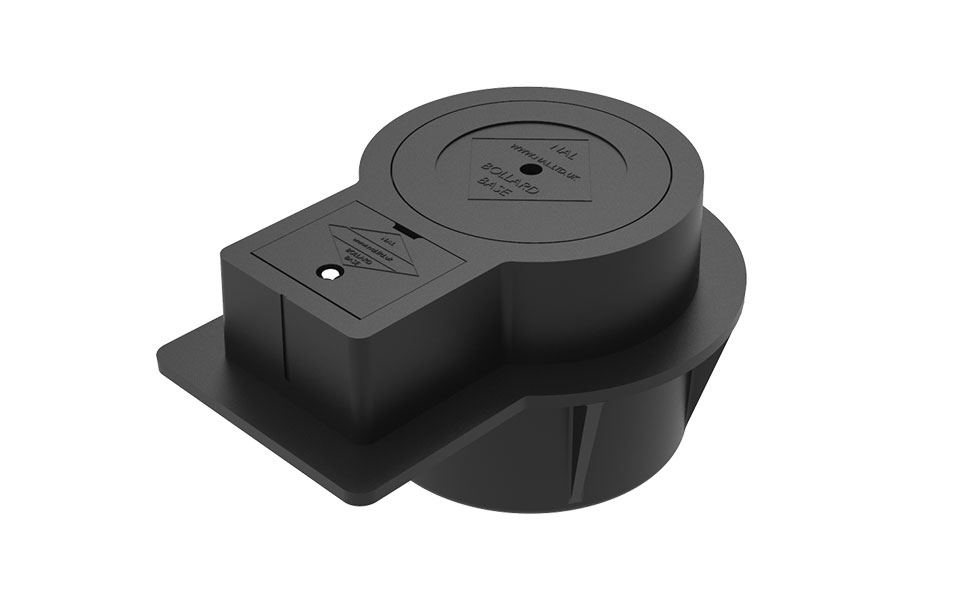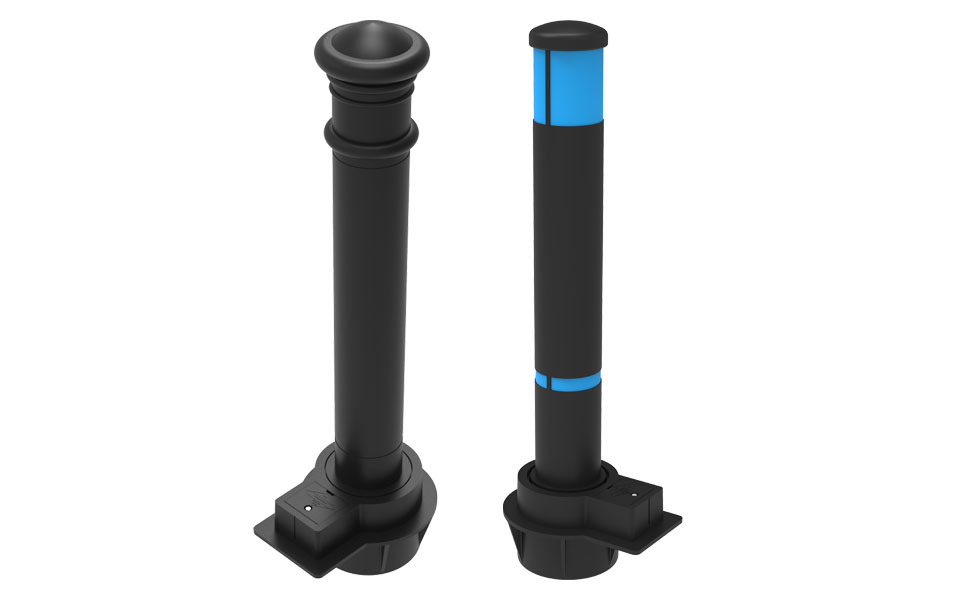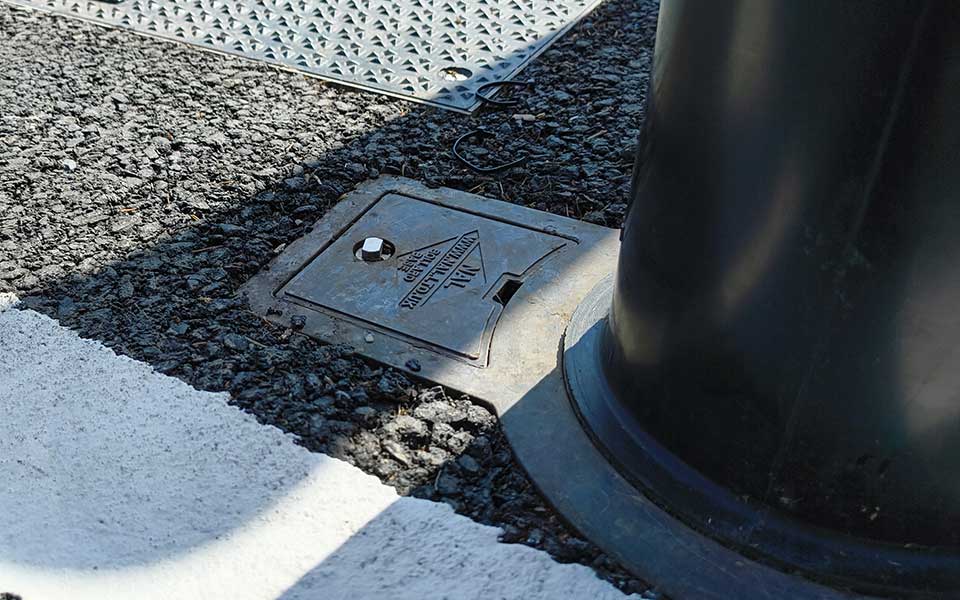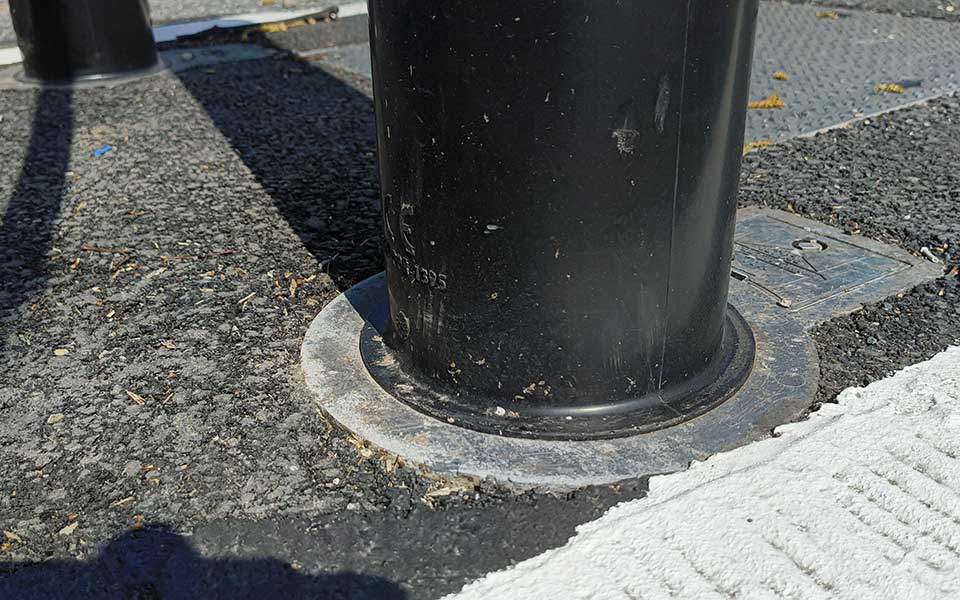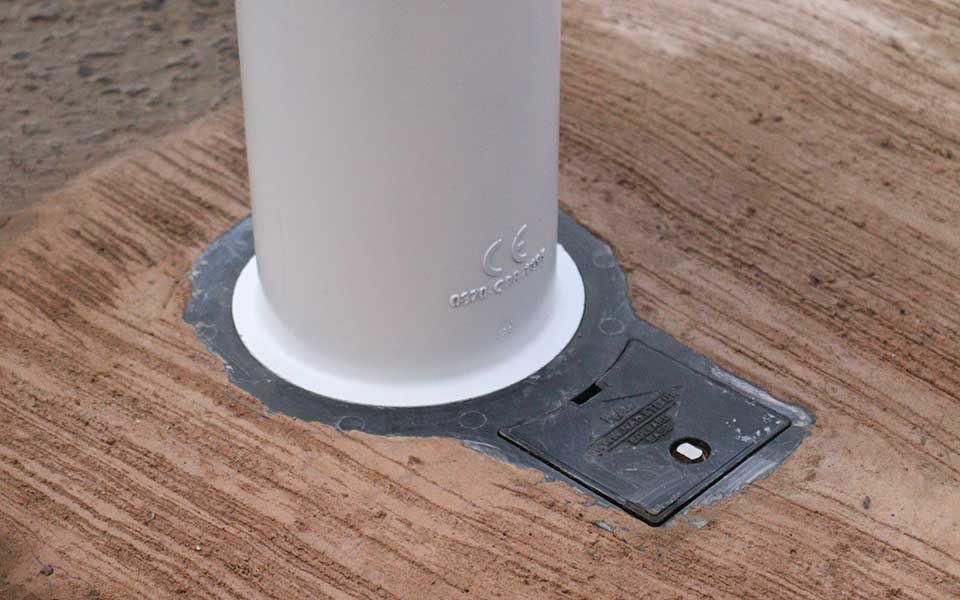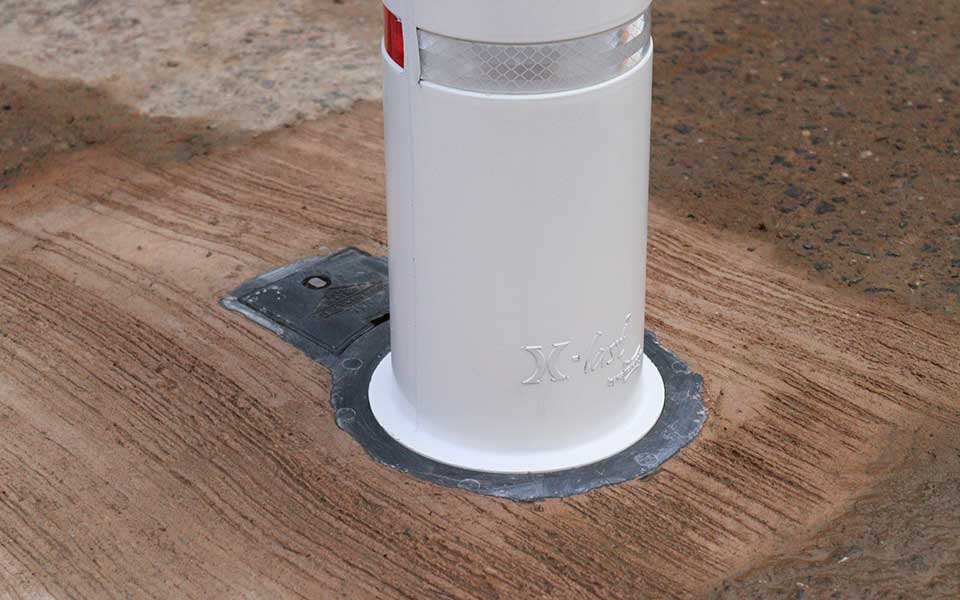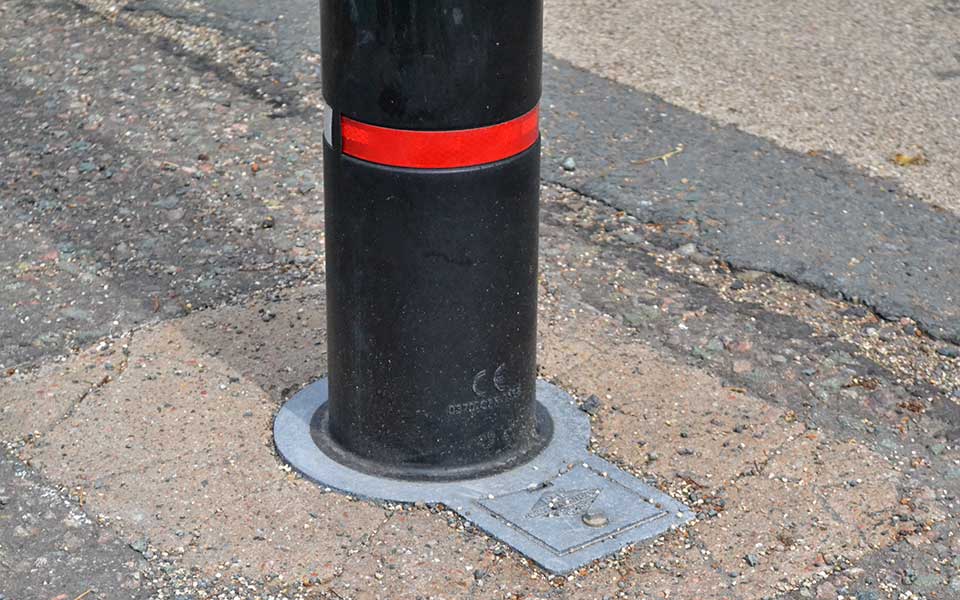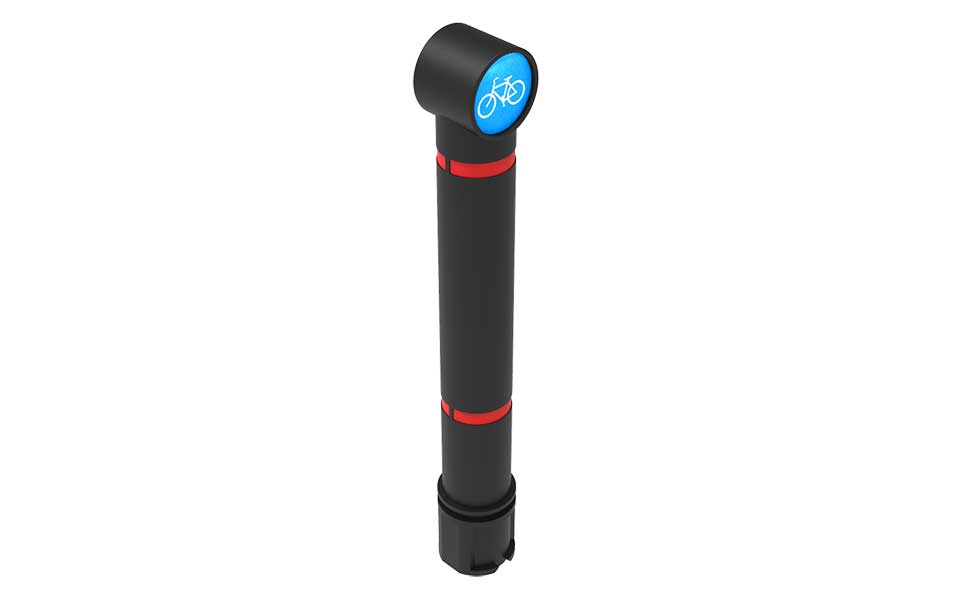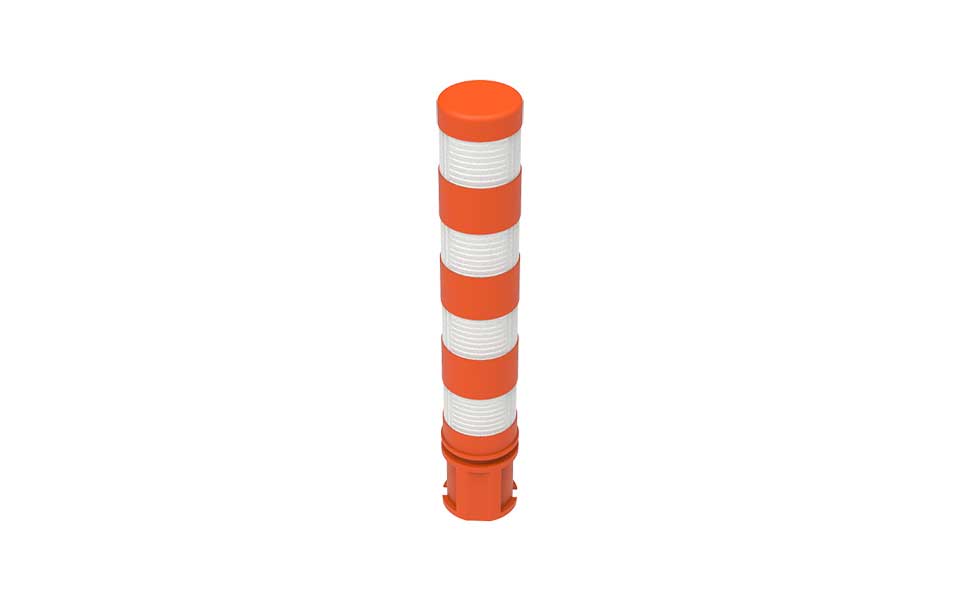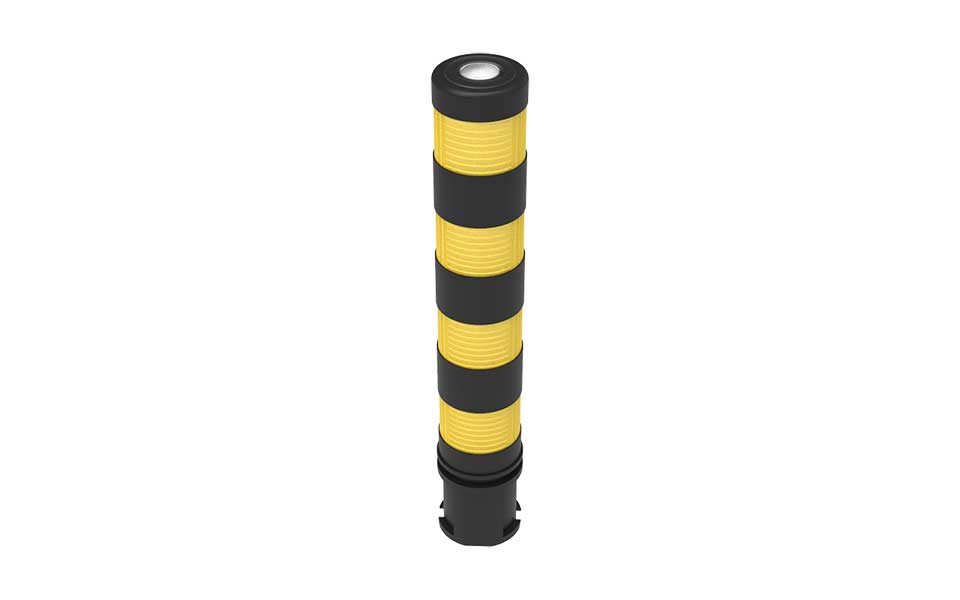Composite Socket
A smarter base for the world’s toughest bollard
NAL’s composite retention socket is a lightweight, rapidly installed foundation for the X-Last range of impact-resistant bollards. It combines the trusted performance of a demountable socket with the practical advantages of lighter materials.
Manufactured from a durable, non-metallic composite material, the socket offers reduced weight and installation depth compared to standard steel or iron sockets. The product is easy to handle, quick to fit, and non-intrusive to surrounding infrastructure – all without compromising strength or stability.
Demountable design enables quick and easy removal or replacement of X-Last bollards. This makes our composite socket ideal for applications requiring minimal disruption, fast turnaround, and long-term flexibility.
Features & Benefits
- The X-Last bollard is secured with a locking steel pin, housed in a recessed side-chamber of the socket
- The side-chamber is protected by a locking pedestrian cover – preventing any unauthorised access
- The socket has an overall depth of just 200mm and minimal foundation requirements, for a quick, easy install
- Pedestrian plug tested to Class B BS5834-2: 2011 to ensure industry H&S standards
- Compatible with all 150mm diameter base standard, solar, and illuminated X-Last bollards
- Fully demountable system for easy bollard replacement or removal
- Reduced weight for safer manual handling and easier on-site logistics
- Minimal foundation depth for quicker installation and less excavation
- No cutting or drilling into finished surfaces during bollard maintenance
- Helps protect paving, carriageways, and surrounding infrastructure
- Manufactured from high-strength composite plastic
- Ideal for temporary, seasonal, or evolving public realm environments
- Lower lifecycle cost due to reduced civils work over time
- Corrosion-resistant and maintenance-free
- Secure locking system deters unauthorised access
- High streets and pedestrianised zones
- Car parks and retail centres
- Event spaces or seasonal street layouts
- Public realm and urban infrastructure schemes
- Temporary vehicle access control areas
- Sites requiring minimal disruption and fast installation


